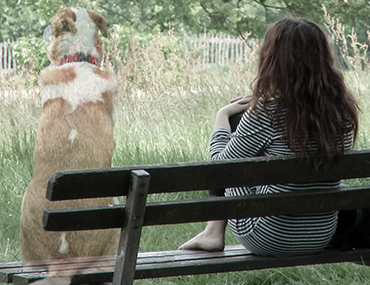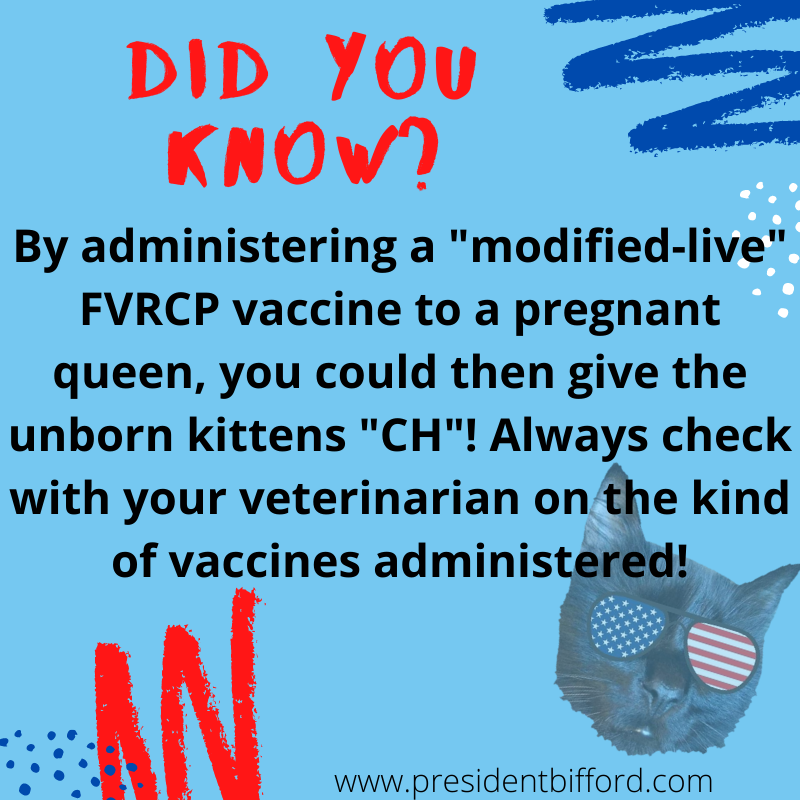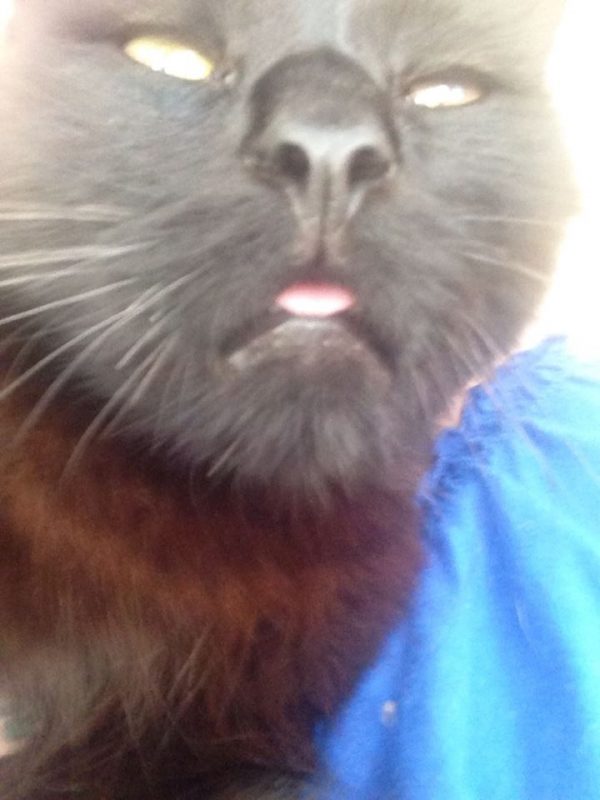Why Are Regular Veterinary Visits So Important?!
Content Courtesy of AVMA; AVMA.org
Routine veterinary visits help your pet live a long, healthy, and happy life. Annual or biannual exams nip emerging health problems in the bud and are key to extending your pet’s time by your side. Early detection and intervention allows your veterinary team to treat a disease in the beginning stages, and then manage the condition with medication or simple lifestyle changes. Your veterinarian also can give you pointers that will help your pet live her healthiest life and stave off potential medical conditions.
What is your veterinarian looking for during an exam?
The physical exam your veterinarian performs may seem like nothing more than a thorough petting, but it reveals a wealth of information. Here’s what your veterinarian is checking when she examines your furry friend:
- Ears — Ear infections are common in both cats and dogs. Cats often present with ear mites, while dogs routinely display yeast or bacterial infections, but all can cause infection in either species. Left untreated, ear infections can progress to painful, inflamed, thickened ears, making future cleaning and treatment difficult. Your veterinarian also will look for any masses or polyps that need to be removed.
- Eyes — Eye issues abound in flat-faced breeds, such as bulldogs, pugs, and Persians, and several other breeds. Flat-faced pets easily can develop corneal ulcers if their protruding eyes are scratched, schnauzers frequently form cataracts, and cocker spaniels routinely suffer from dry eyes. If your pet develops glaucoma that is left unchecked, she will suffer with severe eye pain from the increased pressure as well as potential vision loss, and surgical removal will be necessary.
- Mouth — Dental health affects your pet’s entire body, and the veterinarian will look for signs of gingivitis, loose teeth, tartar accumulation, and oral masses. A dirty mouth can harm her heart, kidneys, and other organs because of traveling oral bacteria.
- Skin — Dry, itchy skin and hair loss can indicate a variety of health issues, including mange, allergies, skin infections, endocrine imbalances, fleas, and poor nutrition. Your pet’s overall health can be gauged from the quality of her skin and hair coat.
- Heart and lungs — Older pets are prone to heart disease, but younger cats and dogs also can show problems with heart rhythm and function. Cardiac disease is best managed when signs first appear, and these signs are often only picked up by auscultation with a stethoscope, leading to further diagnostic testing. Many pets hide heart disease, only displaying coughing and exercise intolerance when the disease is advanced. A diseased heart also can affect the lungs, creating chest wheezes and crackles if fluid backs up.
- Abdomen — While an abdominal palpation may seem to be a belly massage for your pet, your veterinarian is checking for abnormal masses and organ size. Enlarged kidneys can indicate renal failure, a thickened bladder may be hiding a chronic urinary tract infection, or an enlarged spleen may be feeding a tumor.
- Muscles, joints, and bones — Gait changes, limping, or muscle loss can often be remedied. Almost all older pets suffer from osteoarthritis, causing stiffness and muscle loss from inactivity due to pain. Another common musculoskeletal issue in dogs involves their cranial cruciate ligament, which is prone to rupture in overweight or active pets. Similar to an ACL tear in human athletes, this injury can cause serious joint-health problems for your pet if not correctly managed.
Your veterinarian will examine your pet from nose to tail, and based on her findings, may recommend additional diagnostic testing.
Why are routine tests important for your pet’s health?
Routine testing of younger pets provides a baseline of their normal values and may identify hidden illnesses. Older pets benefit from routine screening for common species- or breed-specific diseases, the same way people undergo normal screening tests based on hereditary diseases. Your veterinarian may recommend these additional tests geared toward your pet:
- Blood work — Many veterinarians recommend wellness panels for geriatric pets, but often begin with baseline blood work when the pets are younger. Blood work can reveal many precursors to illness, including anemia, infection, bone marrow issues, diabetes, and organ dysfunction.
- Heartworm test — The American Heartworm Society recommends annual heartworm testing to ensure your pet remains negative and free from these deadly parasites. Heartworm testing also may test for Lyme disease and other common tick-borne diseases, all of which can progress to dangerous conditions if left untreated.
- Urinalysis — Inspecting your pet’s urine sample can provide a wealth of information about the urinary tract. A small amount of “liquid gold” can help your veterinary team see signs of inflammation, infection, kidney dysfunction, crystal formation, and diabetes.
- Fecal examination — Intestinal parasites can hide out in your pet’s gastrointestinal tract, leaching away nutrition. A routine fecal check can identify common intestinal worms. Prompt deworming treatment can prevent the parasite population from increasing, causing diarrhea and other serious health issues.
Since pets—especially cats—are excellent at hiding signs of illness, a thorough physical exam with routine screening tests is crucial to detect early stage illnesses. Early detection and treatment can extend your pet’s life, giving you many more years of quality time together, so schedule a wellness visit to ensure your furry friend is in top physical condition. Check out our AAHA-accredited hospital locator to find a hospital that will give your beloved companion the gold standard of veterinary care.

















